Over 8.4 million people are swarming the streets of New York City every single day. To say that there is a lot of human interaction is a massive understatement. If you want to stand out with a new digital brand targeting even a minor segment of this population, you’re going to need all the help you can get.
Every digital marketing effort we propose from Griffon Webstudios is tailored to the unique needs of our clients. While we work and grow in NYC, it certainly helps to adjust how your strategy for online promotion will work. We suggest starting with:
1. Social media
Using eye-catching videos and visuals helps differentiate your brand from the competition. Given the vast sea of content available, you want to go with TikTok, Facebook, X, and Instagram. How we help is by promoting these networks through ads and organic optimization that includes tying back to your website so when you do go viral, you’re ready.
2. PPC Ads
When it comes to digital marketing, few methods are as direct and quantifiable as Pay-per-click (PPC). The beauty of PPC lies in the power of precise keyword targeting. By harnessing long-tail keywords such as “pizza in Lower Manhattan” or “apartment to buy in Brooklyn,” marketers can achieve a sniper-like focus on their audience.
3. Gamification
New York is tough to succeed in without some slant or angle to your marketing efforts. You need to inform and entertain your target audience. Gamification, or the art of turning marketing campaigns into rewarding games, fits the bill perfectly. Make every ad, post, and content page a game or adventure for viewers to enjoy. Take them on a journey, and you’ll gain way more interest.
72% of overall marketing budgets get put towards digital marketing channels.- Wordstream
4. Word of Mouth: Customer Referral Programs
New Yorkers love the insider knowledge of personal referrals. Despite the digital transformation, the age-old word-of-mouth retains its potent charm. People will put more trust capital into your online brand when you integrate some form of customer referral program. Something as simple as a 10% off coupon for throwing a friend your way can do a lot for your bottom line.
5. Email Automation
Right along with referral programs is getting the news out about your specific offers through email automation. The trick lies in segmenting your audience and continually growing your email list. Businesses can maintain consistent customer engagement by crafting high-quality mailers that resonate and add genuine value. Most importantly, you can scale quickly. That way, when your pop-up noodle shop gets big on Instagram, your email automation schedule goes into hyperdrive to respond to demand.
6. Geolocation/Local SEO
In the city that never sleeps, time is of the essence. When anyone does a search for “nearby hotdog stands,” they don’t want to search through endless web pages related to Montreal, San Francisco, or Dallas, Texas. You need to integrate local SEO keywords throughout your website content, so you are easily identifiable as a locally run NYC business.
Need Help?
Building a robust digital presence in New York’s fiercely competitive market is no small feat. However, success is within reach with the right strategies and a keen understanding of the local audience. Behind every workable digital marketing strategy is an expert team, like Griffon Webstudios, that can leverage modern SEO techniques, social media platforms, and precise targeting to transform your online advertising, making your brand shine brighter in the Big Apple.
Contact us today, and let’s develop a unique strategy tailored to your business, audience, and local insights. As a New York-based business, we understand your challenges ahead and can help improve your odds of succeeding in the Big Apple.

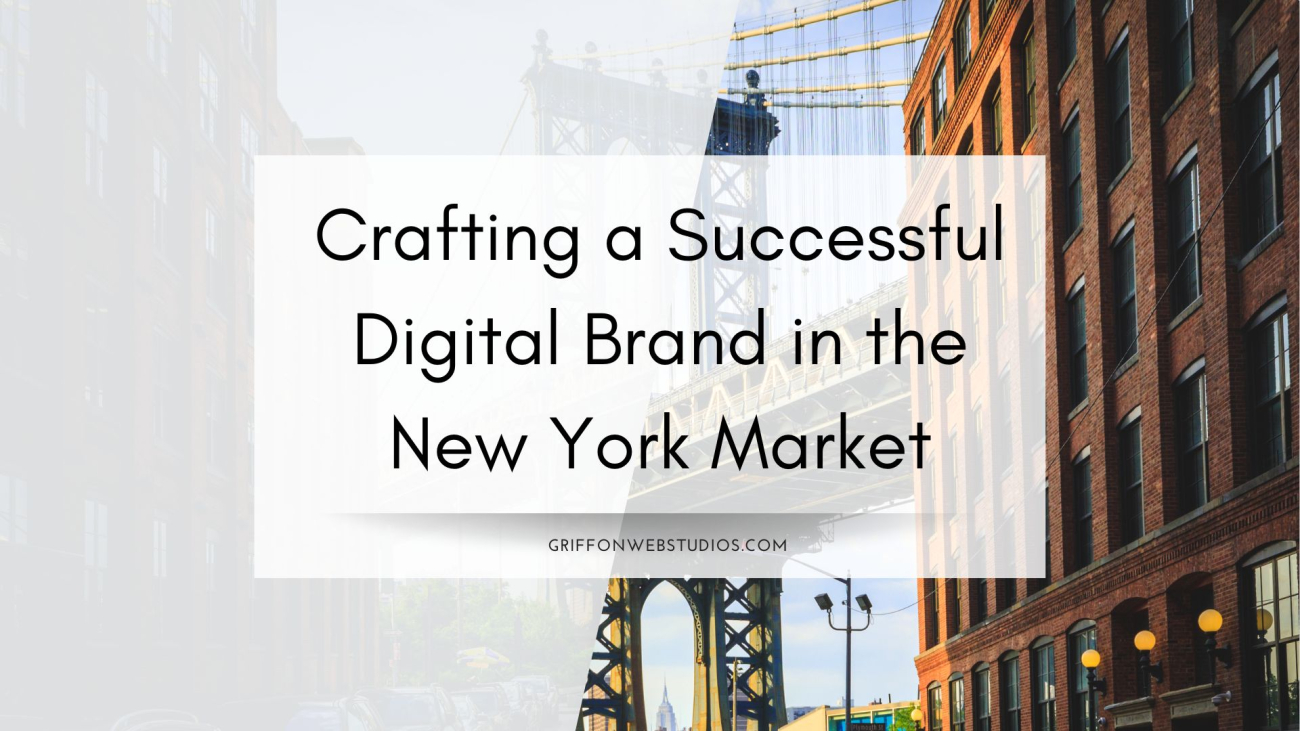



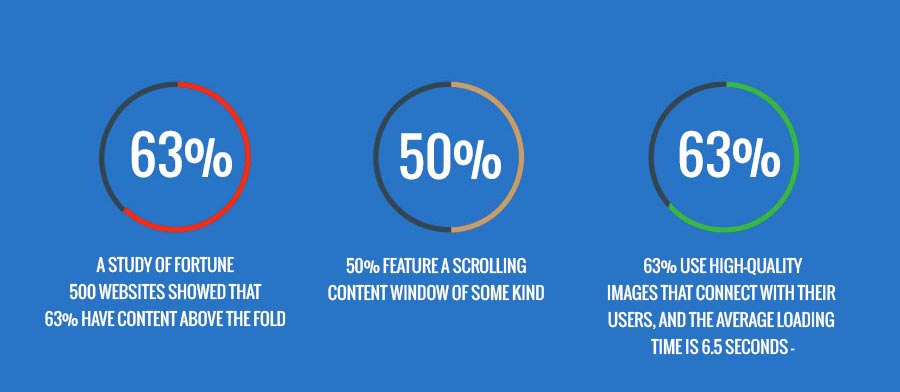
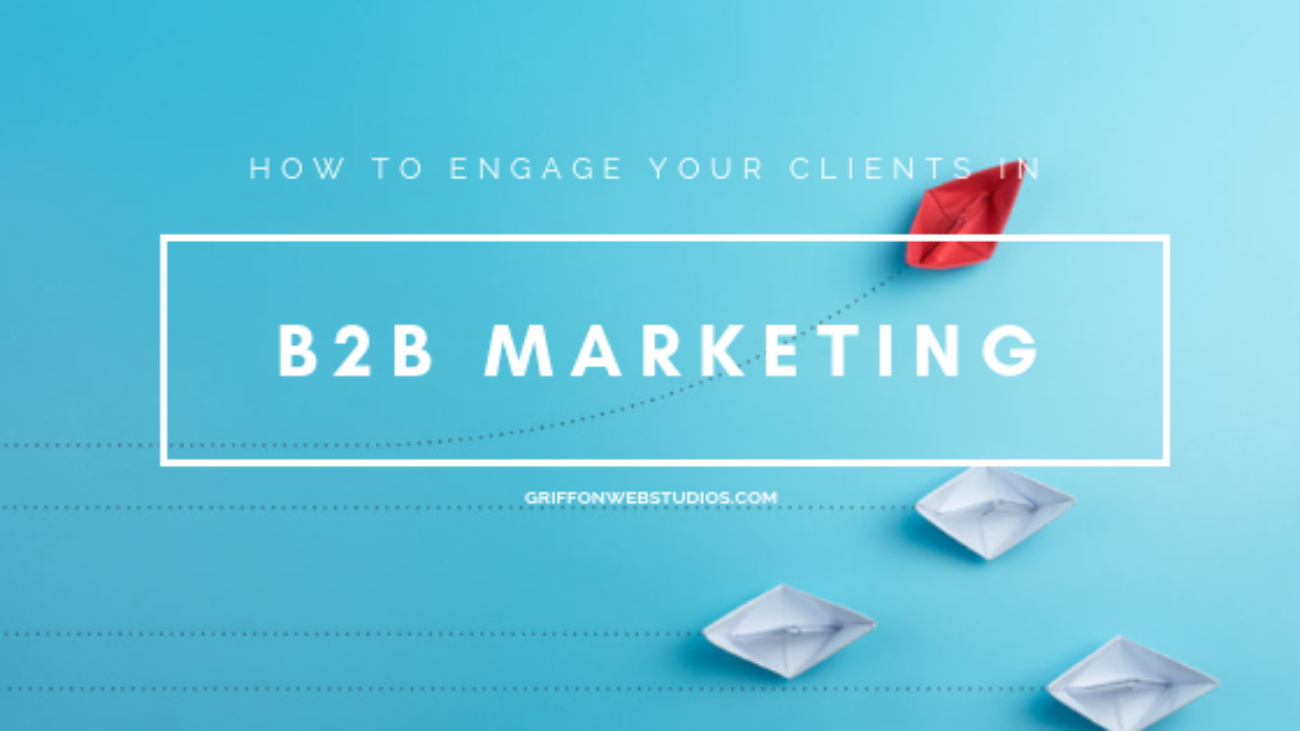

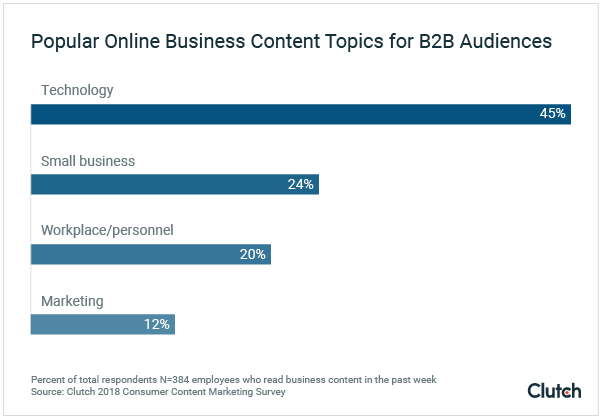
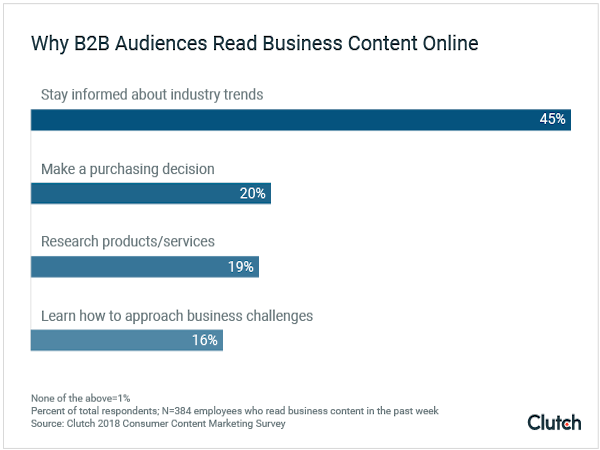
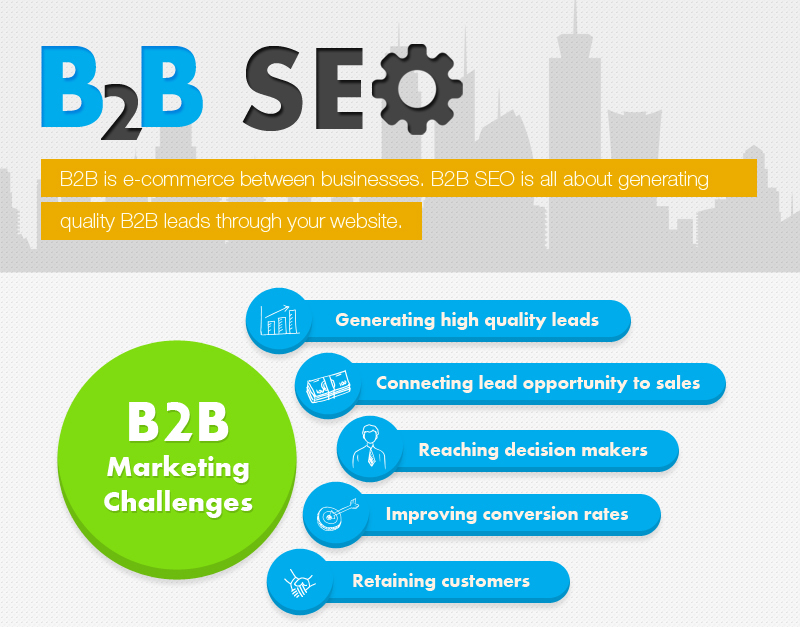 You need the best B2B SEO tools and the best B2B SEO strategy, and that could mean hiring a
You need the best B2B SEO tools and the best B2B SEO strategy, and that could mean hiring a 
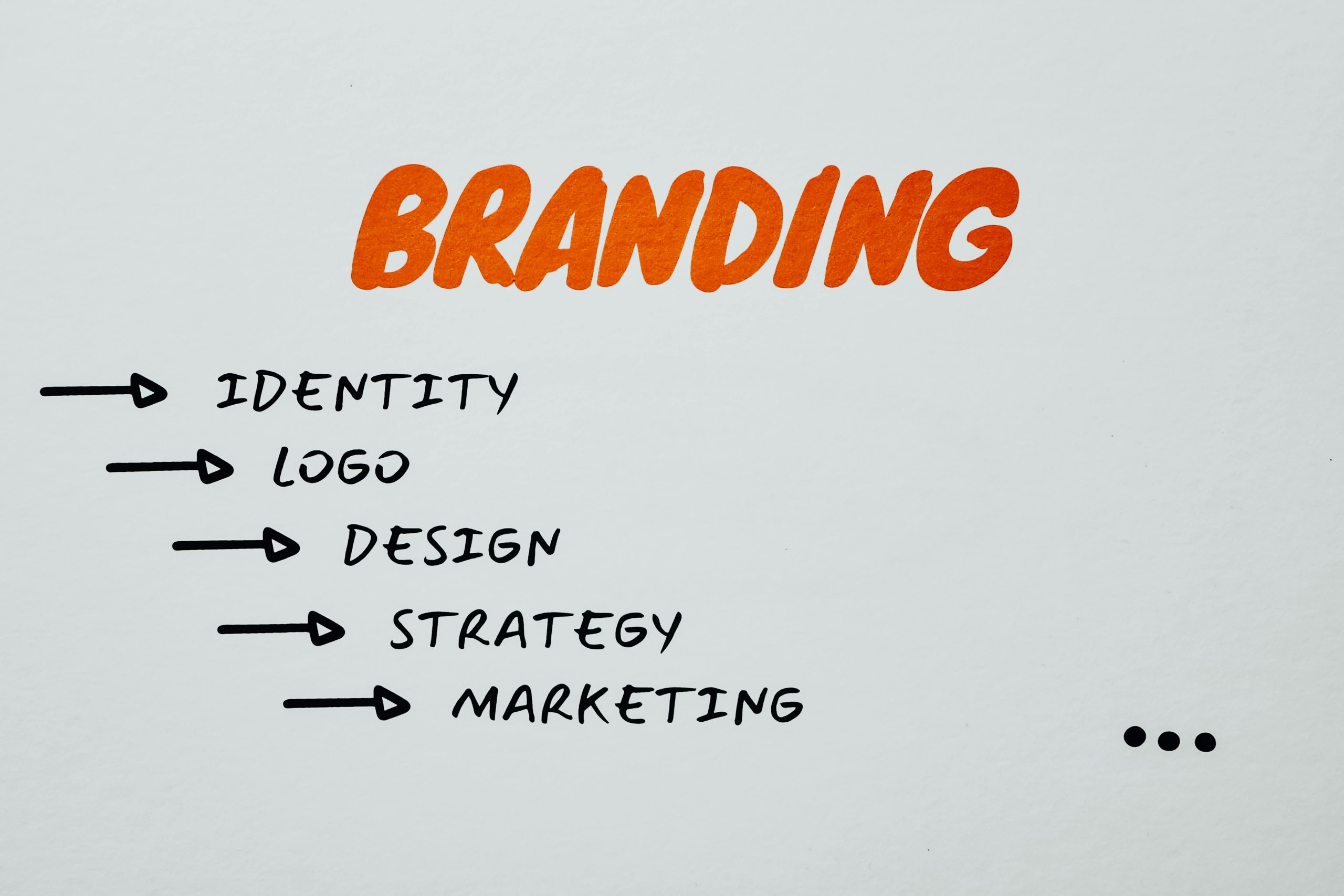
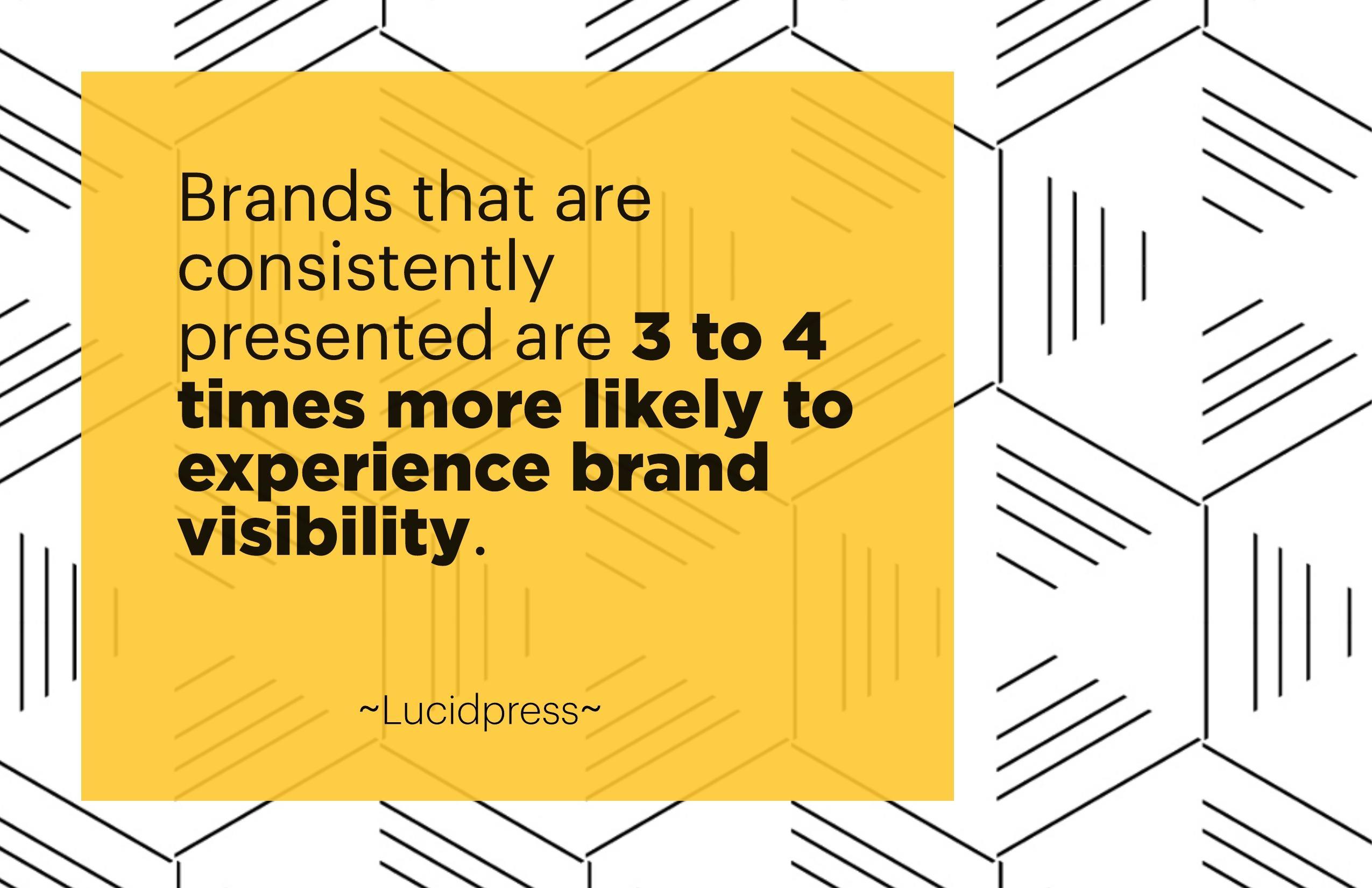
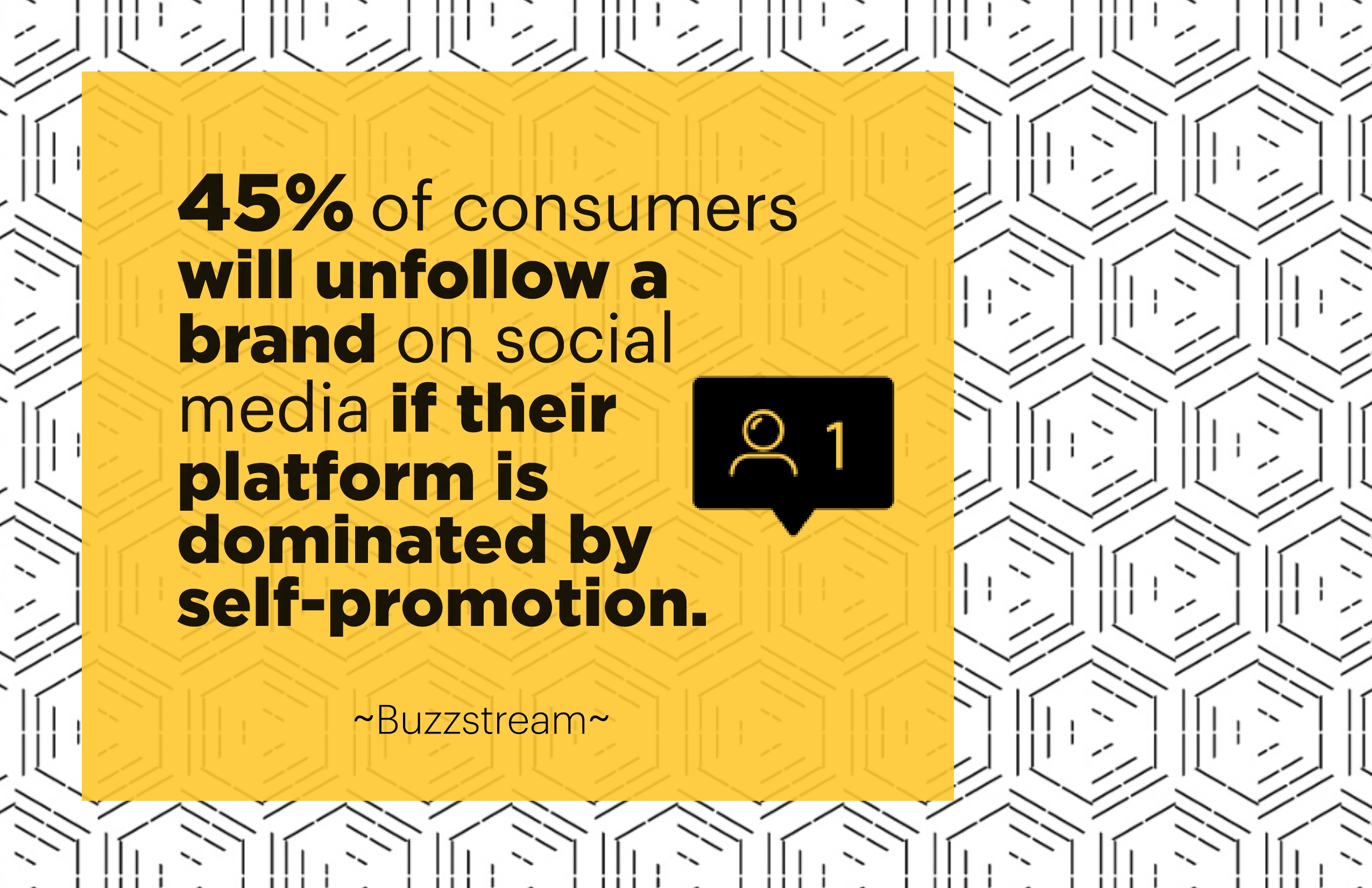

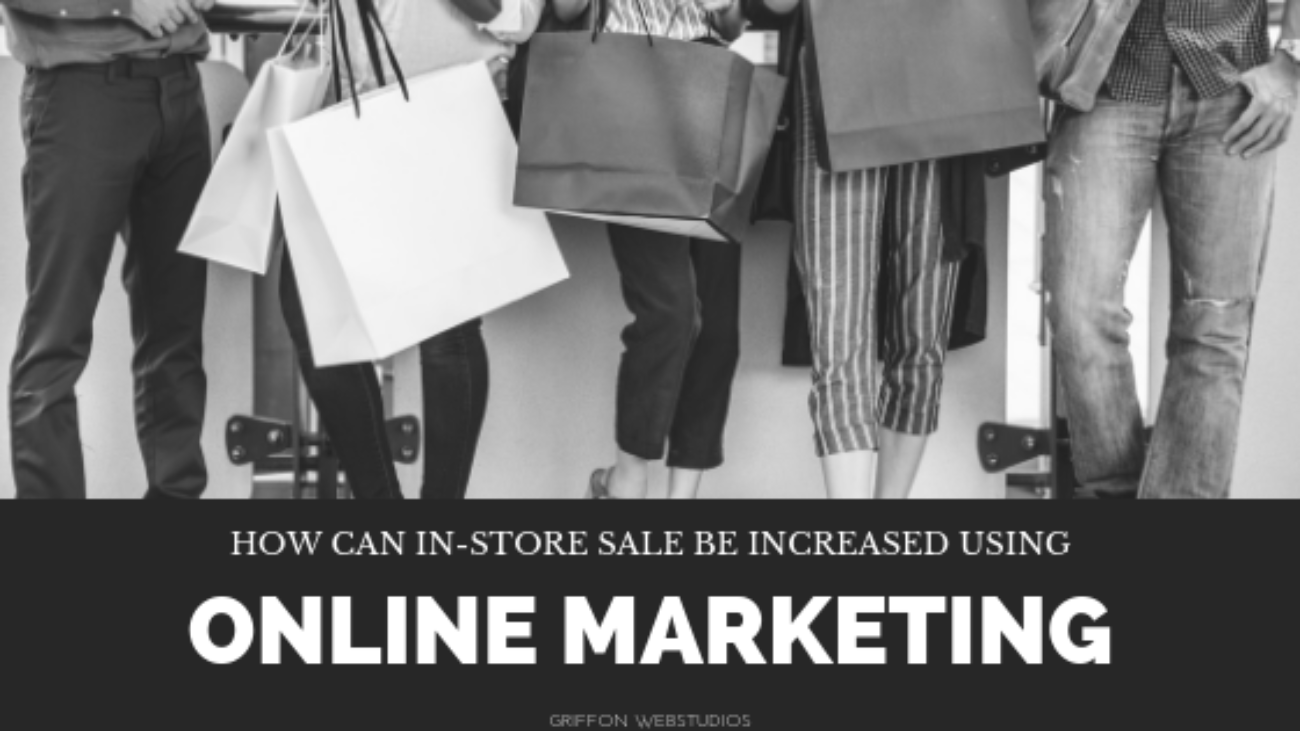


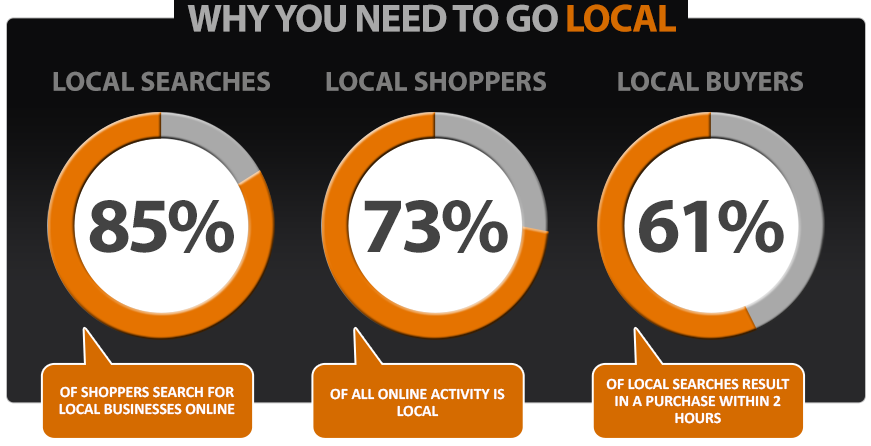 For instance, Google has great
For instance, Google has great 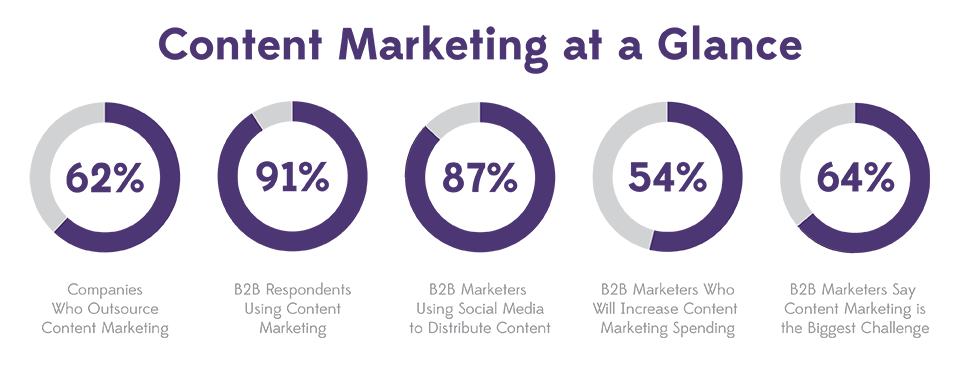
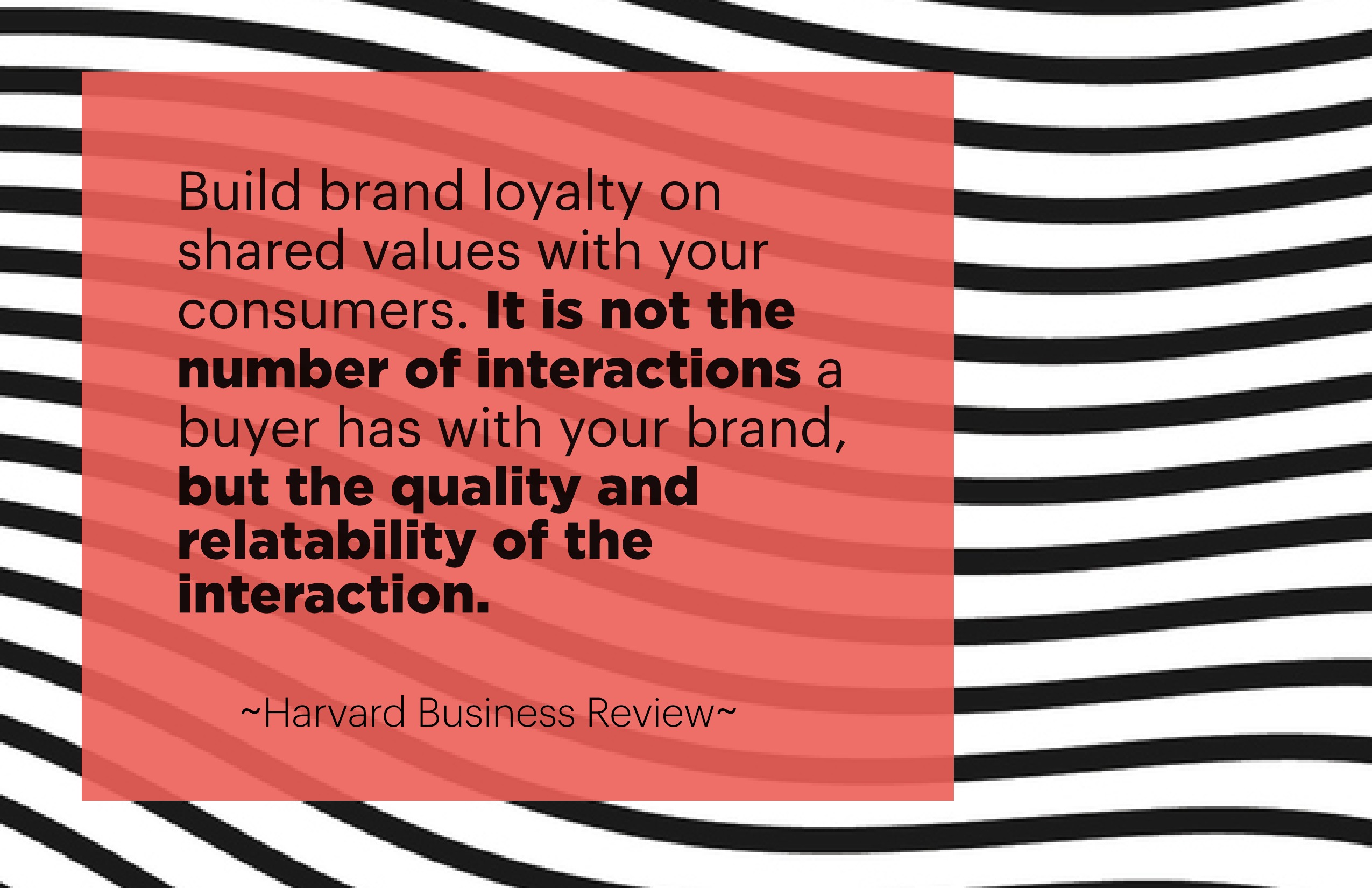

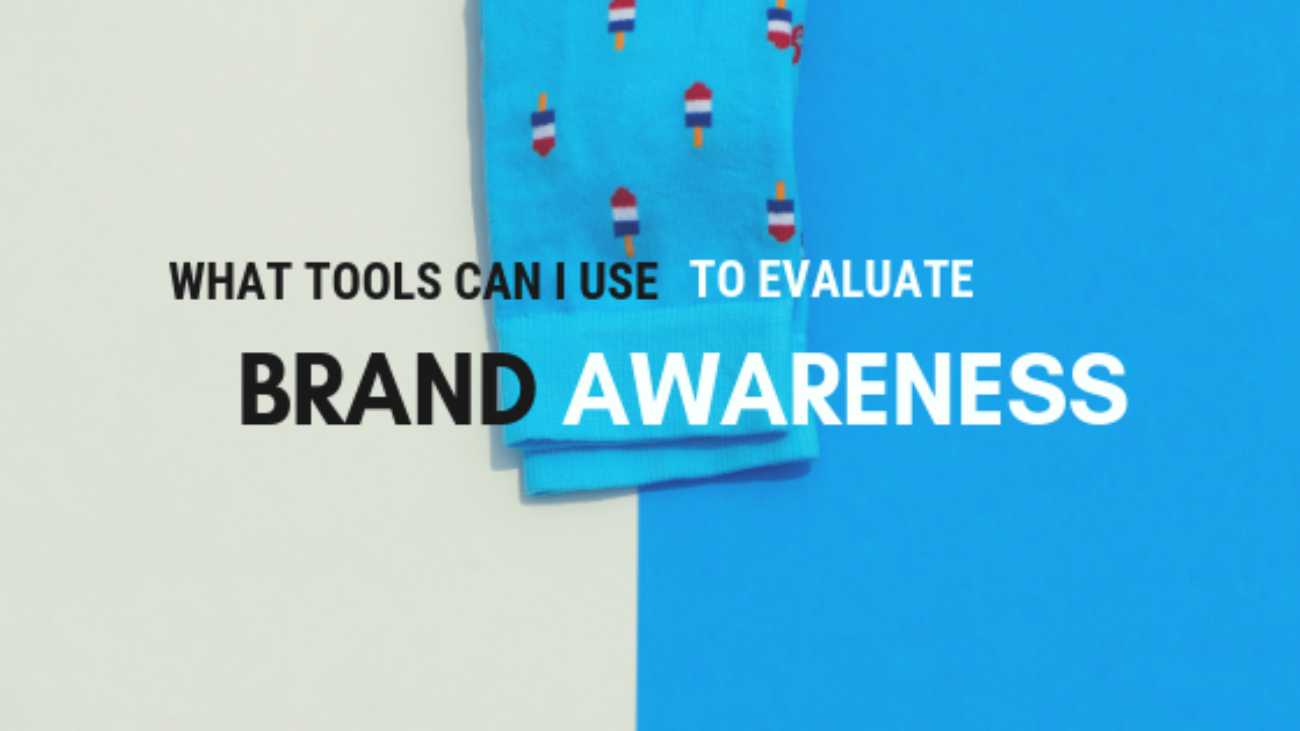



 The latter approach is more useful if your brand already has the following of a decent percentage of a group of people, perhaps in your local town or community.
The latter approach is more useful if your brand already has the following of a decent percentage of a group of people, perhaps in your local town or community. By using this information, you can also understand how many people you are converting through your paid advertisements.
By using this information, you can also understand how many people you are converting through your paid advertisements.
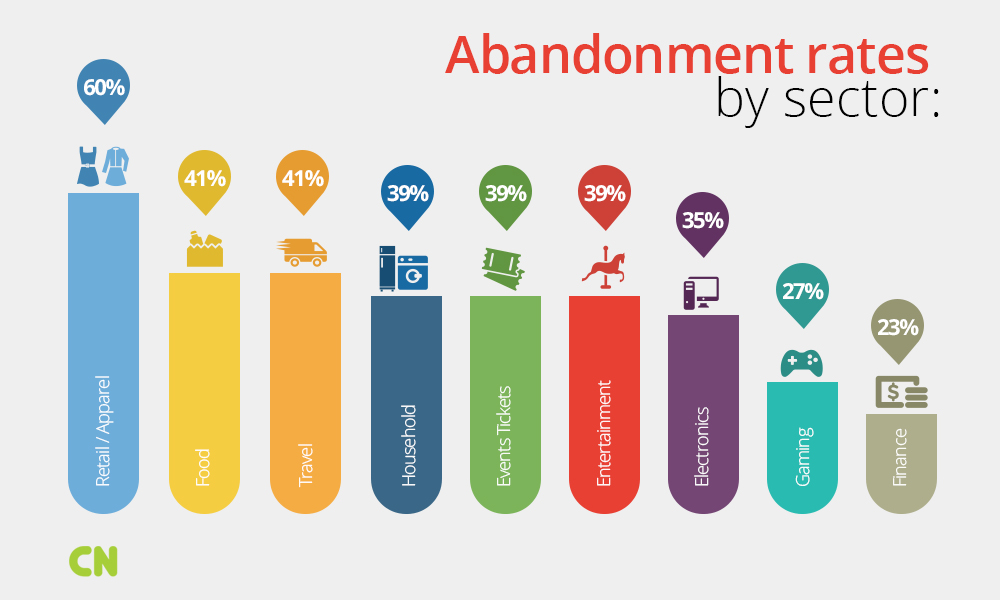
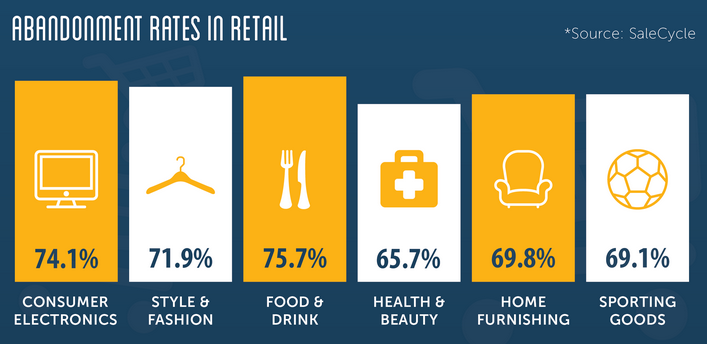



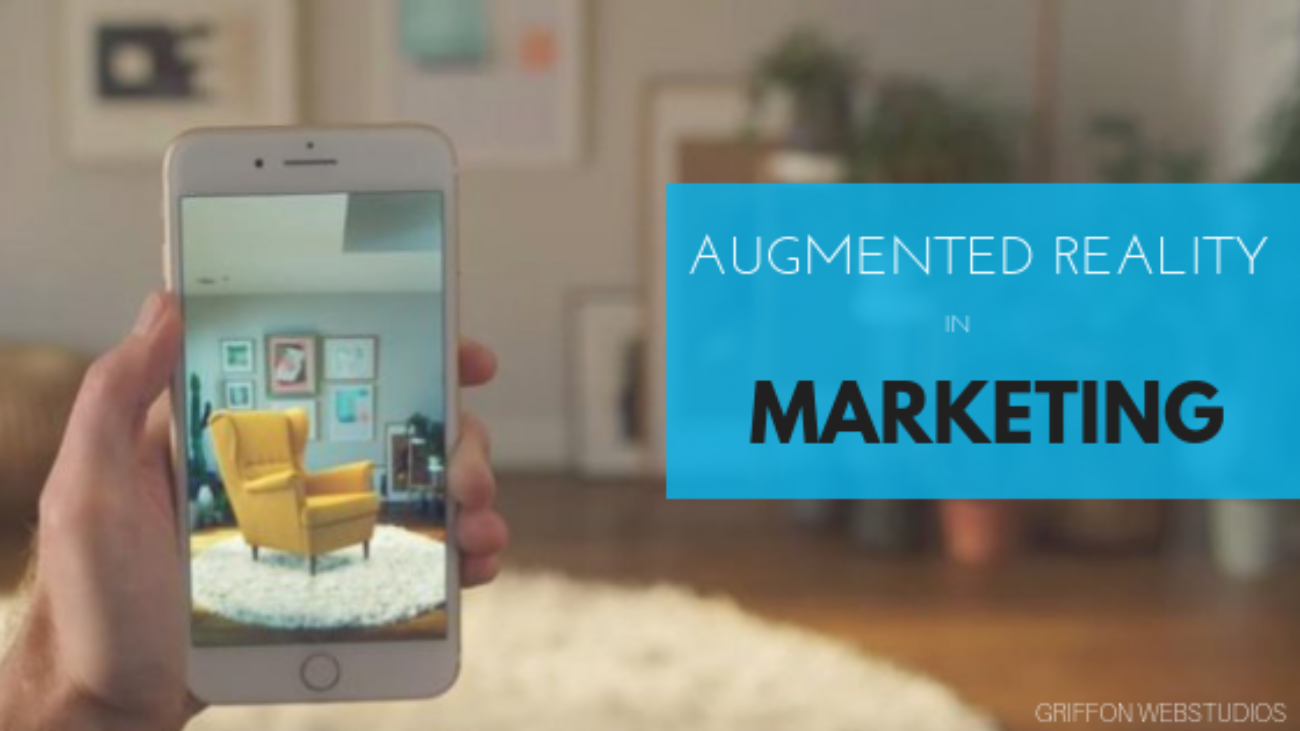
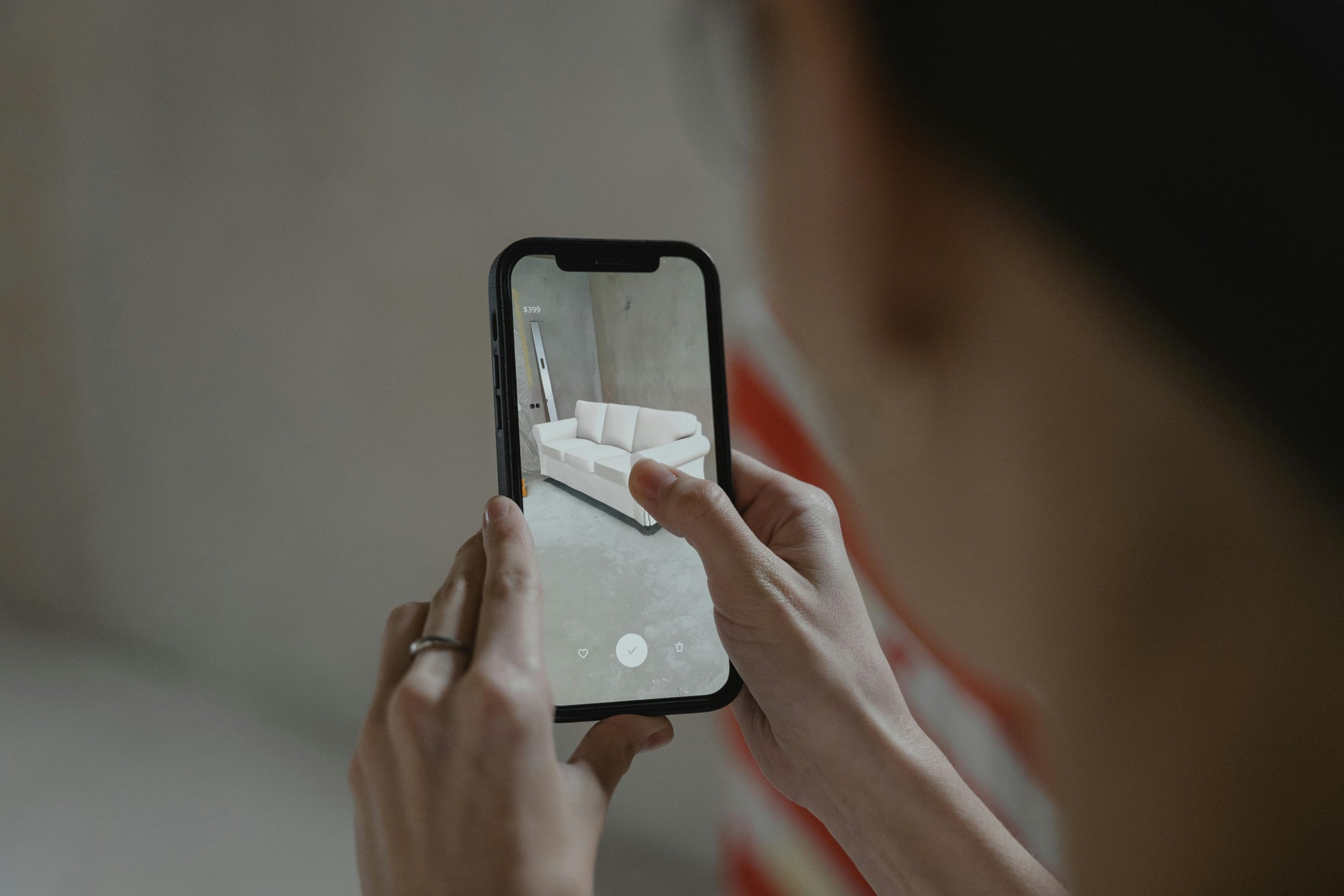
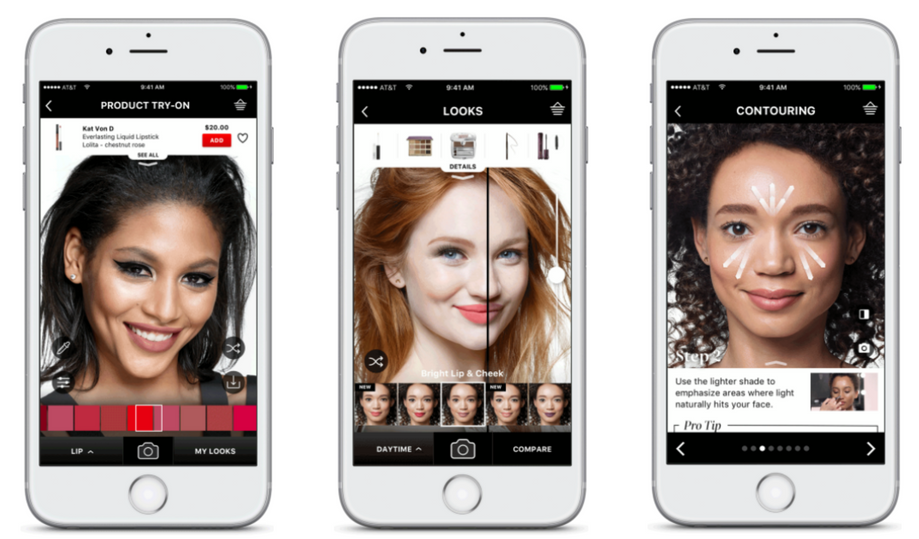
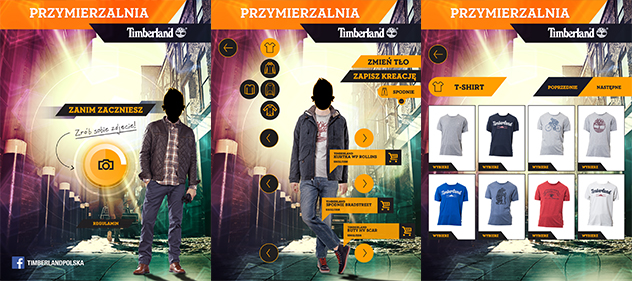

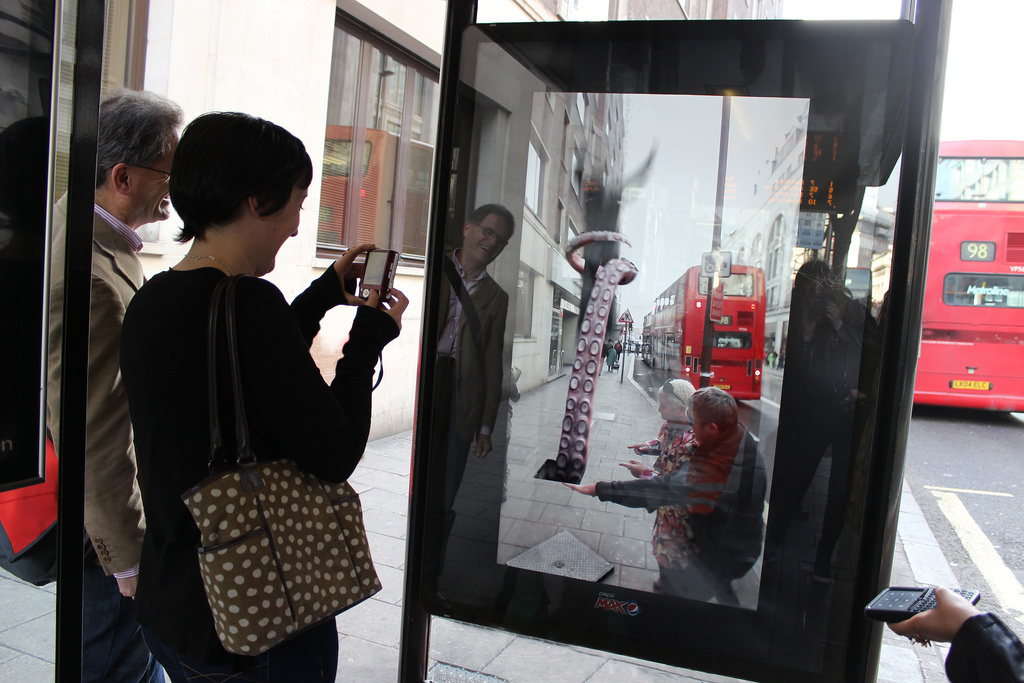


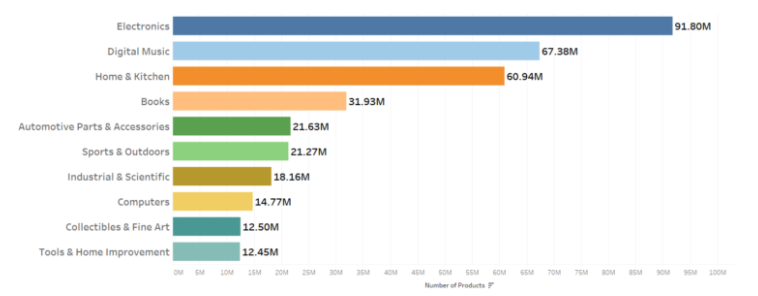
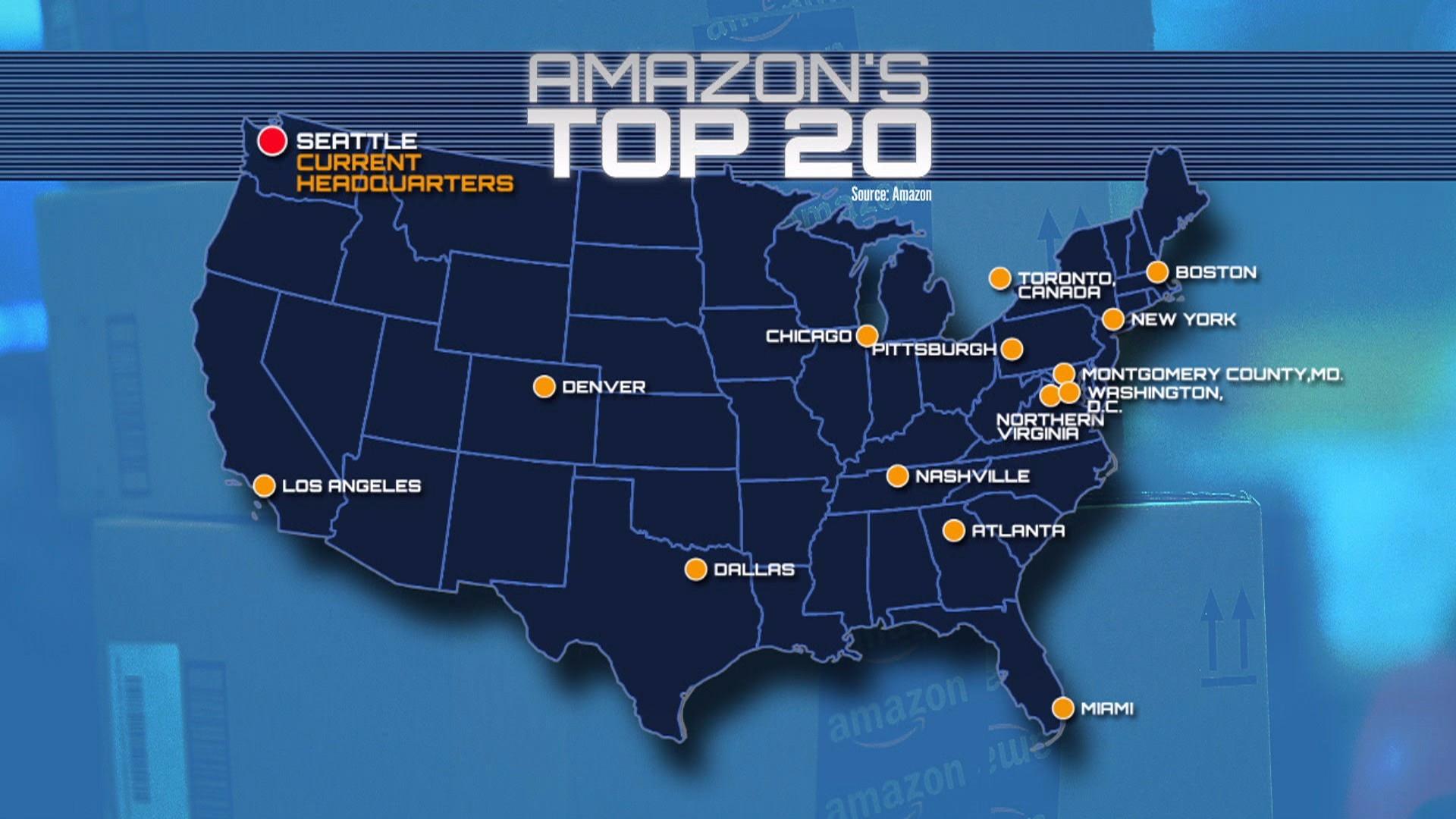
 The streaming services come with free monthly trials. After the trials, the subscribers may continue with membership by paying for three plans. The plans are; Basic, Standard, and Premium. The basic plan is the cheapest and allows you to watch Netflix on one screen. The standard plan has an average price. It allowed you to watch Netflix on two screens simultaneously while the premium plan offers four screens running concurrently. It is the most expensive.
The streaming services come with free monthly trials. After the trials, the subscribers may continue with membership by paying for three plans. The plans are; Basic, Standard, and Premium. The basic plan is the cheapest and allows you to watch Netflix on one screen. The standard plan has an average price. It allowed you to watch Netflix on two screens simultaneously while the premium plan offers four screens running concurrently. It is the most expensive.

